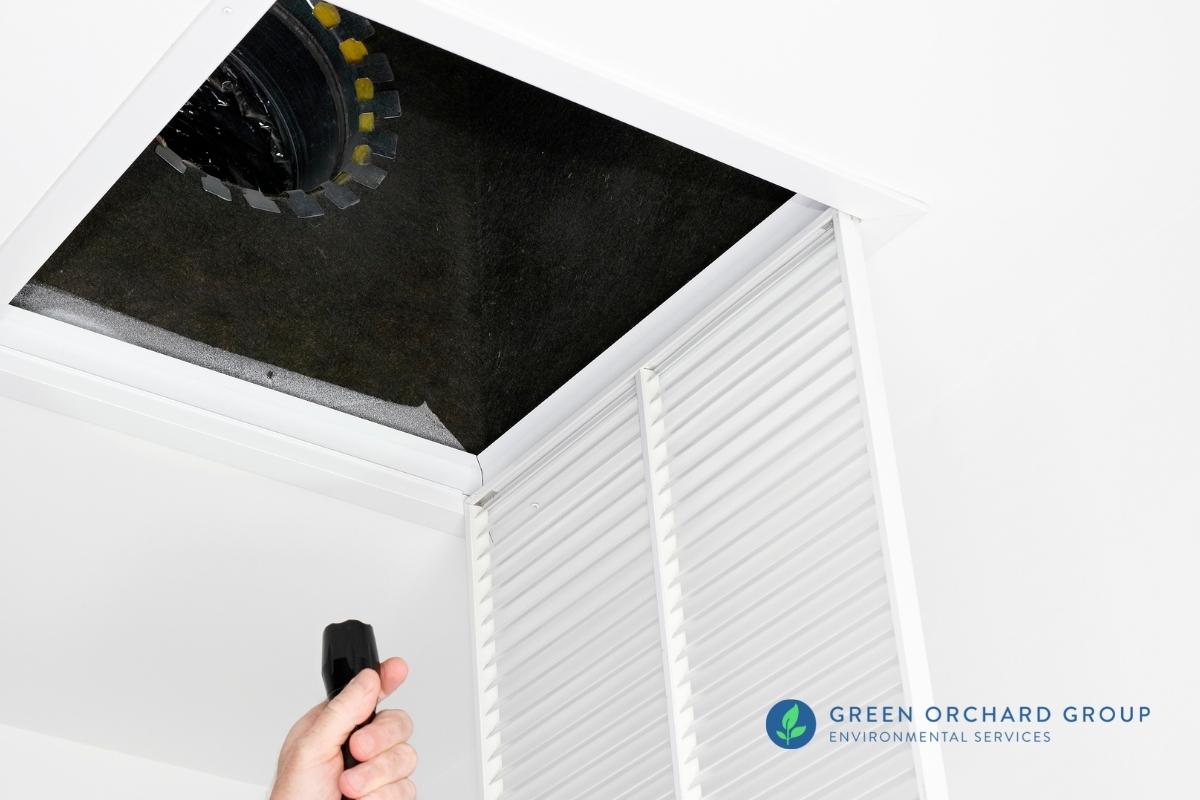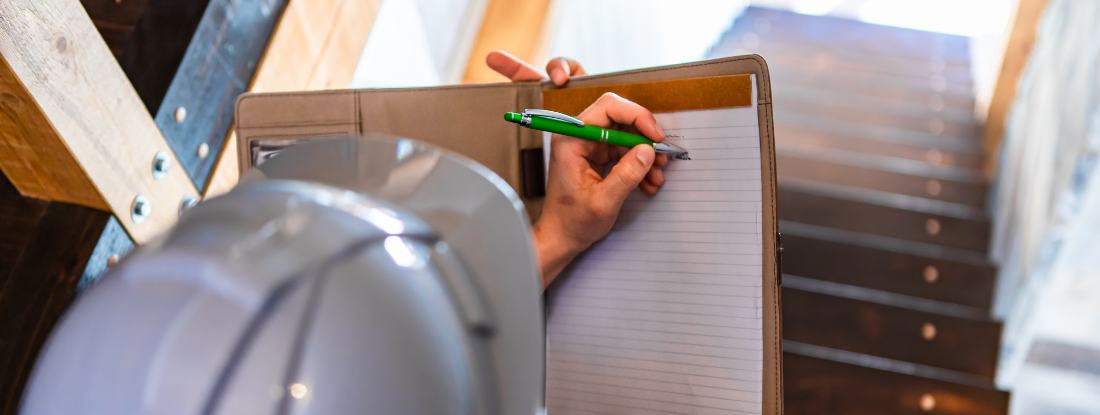Crafting a Comprehensive Post Mold Remediation Report
Key Steps for Effective Post Mold And Mildew Remediation
Efficiently completing mold and mildew remediation is a diverse process that calls for interest to information and adherence to certain protocols. These steps not just validate the success of the remediation initiatives however also add to protecting against future mold development.
Examination of Treated Locations
Upon conclusion of the mold removal procedure, a thorough assessment of the treated locations is essential to ensure the efficiency of the remediation efforts. This evaluation functions as a critical action in the post-remediation stage to confirm that the mold and mildew removal and cleaning procedures succeeded in eliminating the mold invasion and recovering a secure interior setting. The assessment needs to be carried out by qualified professionals that have the proficiency to assess the remediated areas diligently.
These consist of aesthetic analyses to inspect for any indicators of mold and mildew development or water damage, dampness levels to confirm that the location is complimentary and dry of excess humidity that can promote mold and mildew re-growth, and air top quality testing to make certain that the interior air is safe to breathe. Additionally, the evaluation might include using specialized tools such as wetness meters and thermal imaging cameras to find concealed mold and mildew or moisture pockets that might lead to future mold problems if left uncontrolled.

Dampness Control Steps
Efficient dampness control measures are important for preventing mold and mildew development and preserving a healthy and balanced interior atmosphere. In addition, utilizing dehumidifiers in wet areas can aid minimize humidity levels, making it harder for mold to flourish.
Routinely inspecting and preserving the building's exterior can additionally stop wetness intrusion. Post Mold Remediation Report. Making sure that rain gutters are clear, downspouts direct water far from the structure, and the roof remains in good problem can aid avoid water from leaking right into the building. Appropriately securing home windows and doors can additionally aid maintain dampness out
Any kind of spills or leakages must be cleaned and dried out within 24-48 hours to avoid mold and mildew development. By implementing these moisture control measures, the danger of mold repeating can be significantly minimized, creating a much healthier interior environment.
Proper Air Flow Analysis
An indispensable element of ensuring a healthy and balanced indoor setting message mold removal is carrying out a comprehensive evaluation of the air flow system. Correct air flow evaluation plays a crucial duty in preventing future mold growth and maintaining air high quality within the damaged room.
Furthermore, assessing the air flow system consists of examining the circulation of air throughout the location to recognize any kind of locations of bad blood circulation where moisture and pollutants could build up. Correct air flow not just aids in controlling humidity degrees but also help in eliminating air-borne mold and mildew spores and various other contaminants, therefore improving total interior air high quality. By addressing any ventilation problems upload mold and mildew removal, homeowner can produce a much healthier and extra comfortable atmosphere for passengers while lowering the threat of mold re-infestation.
Cleaning and Disinfection Protocols
To guarantee extensive mold and mildew removal, precise adherence to specific remove mold in dishwasher cleaning and sanitation procedures is important. Cleaning and sanitation protocols play a crucial function in the post-mold remediation phase to avoid the reoccurrence of mold and mildew growth and ensure a safe and healthy and balanced setting. The very first step in this procedure is the removal of any noticeable mold and mildew development utilizing appropriate cleaning representatives and methods. It is important to make use of EPA-approved fungicides and disinfectants to efficiently get rid of mold and mildew spores and stop their regrowth.
After the initial cleansing, comprehensive disinfection of the affected locations is required to kill any type of remaining mold and mildew spores and prevent their proliferation. This step is important in avoiding the spread of mold and mildew to various other parts of the home. Additionally, applying safety nets such as applying mold and mildew inhibitors and maintaining correct ventilation can aid reduce the danger of future mold invasions. By following strict cleaning and disinfection methods, building owners can make certain the successful obliteration of mold and mildew and develop a healthy and balanced indoor atmosphere for owners.
Surveillance and Maintenance Strategy
Executing a routine tracking and upkeep plan is important for guaranteeing the lasting performance of mold removal initiatives. As soon as mold and mildew remediation is completed, it is critical to establish a surveillance routine to review the success of the remediation process. This entails regularly checking the previously impacted locations for any indicators of mold recurrence or water damages. By carrying out regular checks, any type of brand-new mold and mildew navigate to this website development can be promptly determined and resolved, avoiding a reoccurrence of the initial trouble.
Furthermore, developing an upkeep plan is crucial to stopping future mold and mildew concerns. This plan may include activities such as repairing pipes leaks, enhancing air flow, and managing indoor humidity degrees. Routine upkeep not only helps in stopping mold and mildew however also adds to preserving a healthy and balanced interior environment. It is a good idea to document all tracking and upkeep activities to track progression and make sure uniformity in the maintenance of the remediated areas. By executing an extensive monitoring and upkeep strategy, the danger of mold and mildew re-emergence can be dramatically decreased, advertising a risk-free and clean living or working atmosphere.
Conclusion
To conclude, effective post mold removal includes thorough examination of treated areas, implementation of moisture control actions, assessment of proper ventilation, adherence to cleansing and disinfection protocols, and facility of a monitoring and upkeep plan. These vital actions are important to ensure that mold growth is successfully removed and prevented from recurring in the future. By complying with these guidelines, homeowner can preserve a secure and healthy environment for owners.
Upon completion of the mold and mildew removal procedure, an extensive evaluation of the treated areas is critical to guarantee the effectiveness of the remediation efforts. These consist of aesthetic evaluations to check for any indications of mold and mildew development or water damage, dampness levels to confirm that the location is cost-free and dry of excess moisture that could advertise mold re-growth, and air high quality screening to ensure that the interior air is risk-free to take a breath. Additionally, the inspection may entail using specialized tools such as wetness meters and thermal imaging electronic cameras to detect concealed mold and check here mildew or moisture pockets that could lead to future mold and mildew troubles if left unattended. By dealing with any kind of air flow issues publish mold removal, residential or commercial property owners can develop a healthier and extra comfy environment for passengers while reducing the threat of mold re-infestation.
